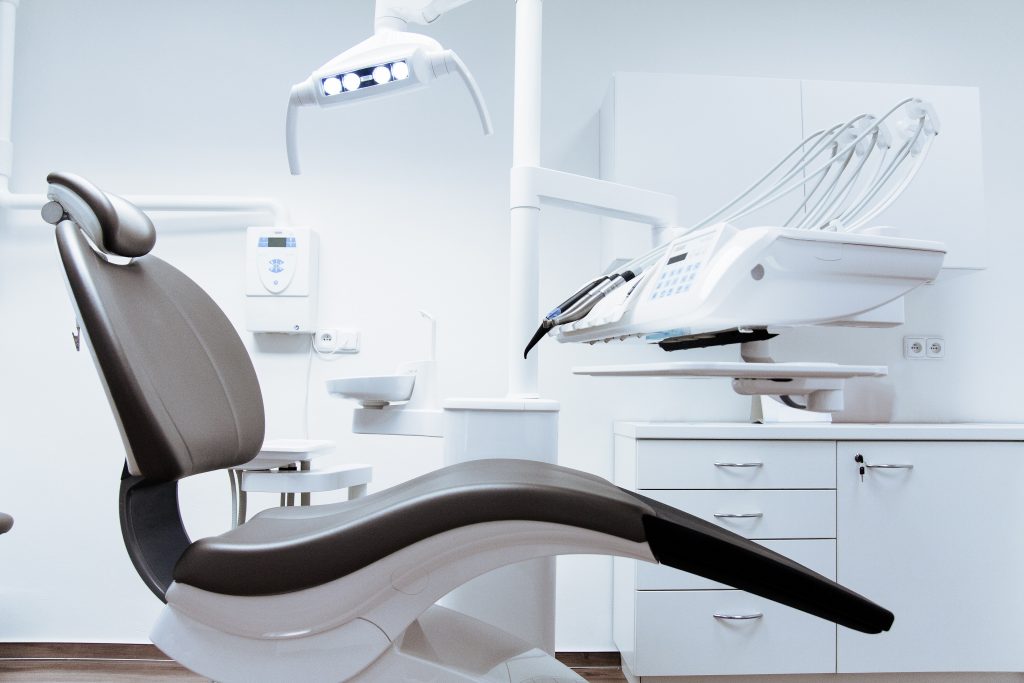Thursday, August 10, 2017

Diagnosing and monitoring these conditions usually requires attaching electrodes and a variety of other sensors to patients, which can further disrupt their sleep.
To make it easier to diagnose and study sleep problems, researchers at MIT and Massachusetts General Hospital have devised a new way to monitor sleep stages without sensors attached to the body. Their device uses an advanced artificial intelligence algorithm to analyze the radio signals around the person and translate those measurements into sleep stages: light, deep, or rapid eye movement (REM).